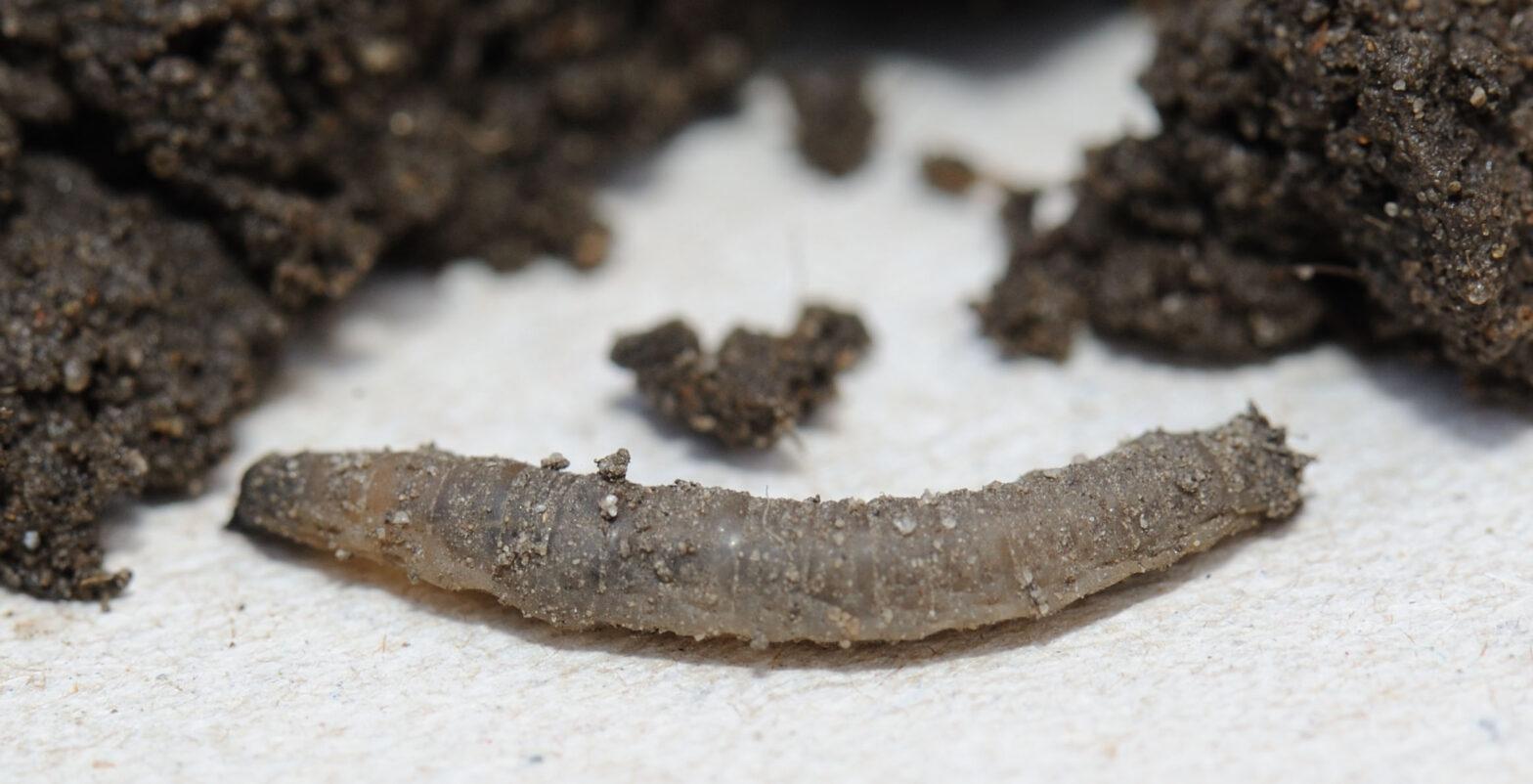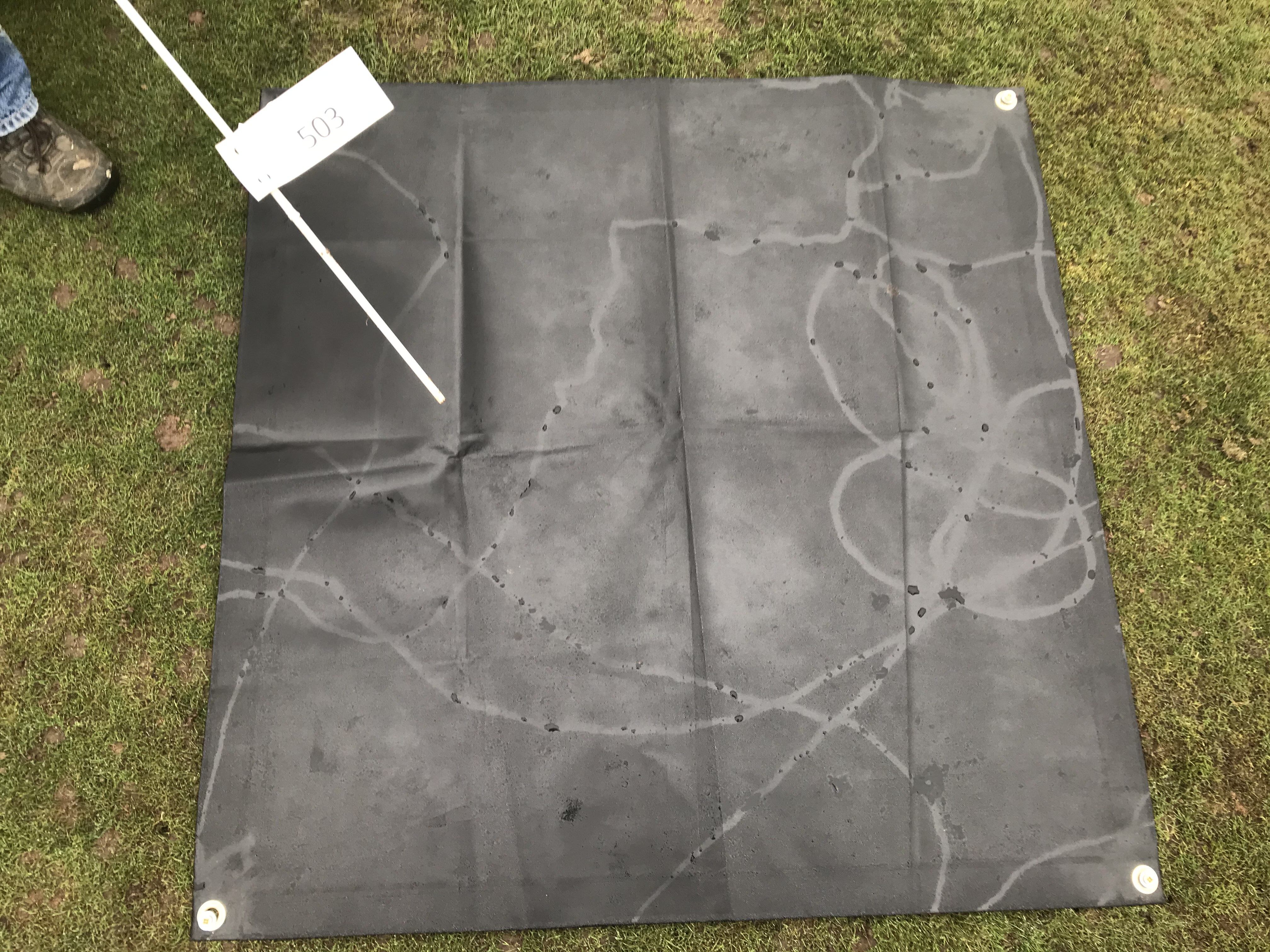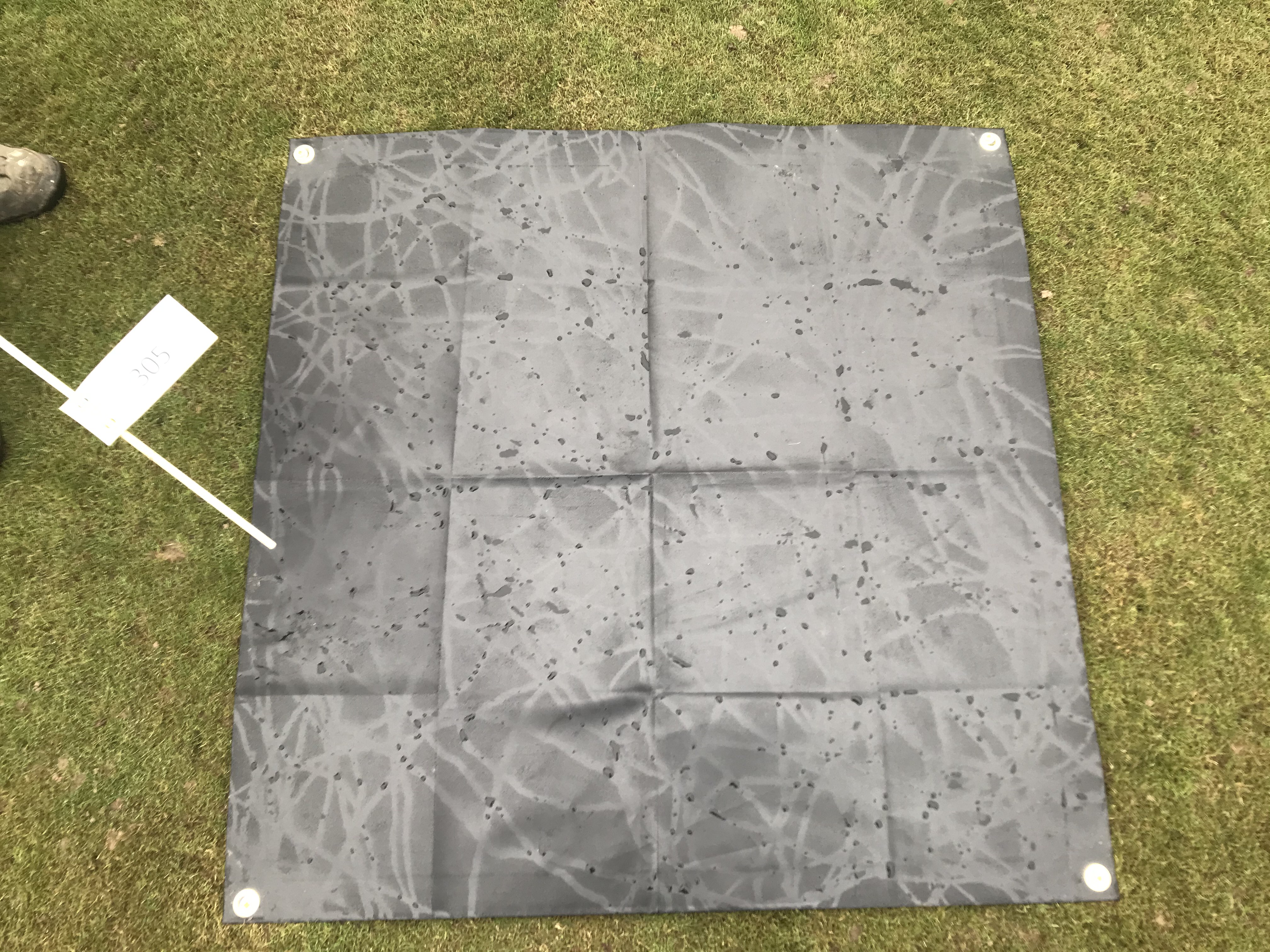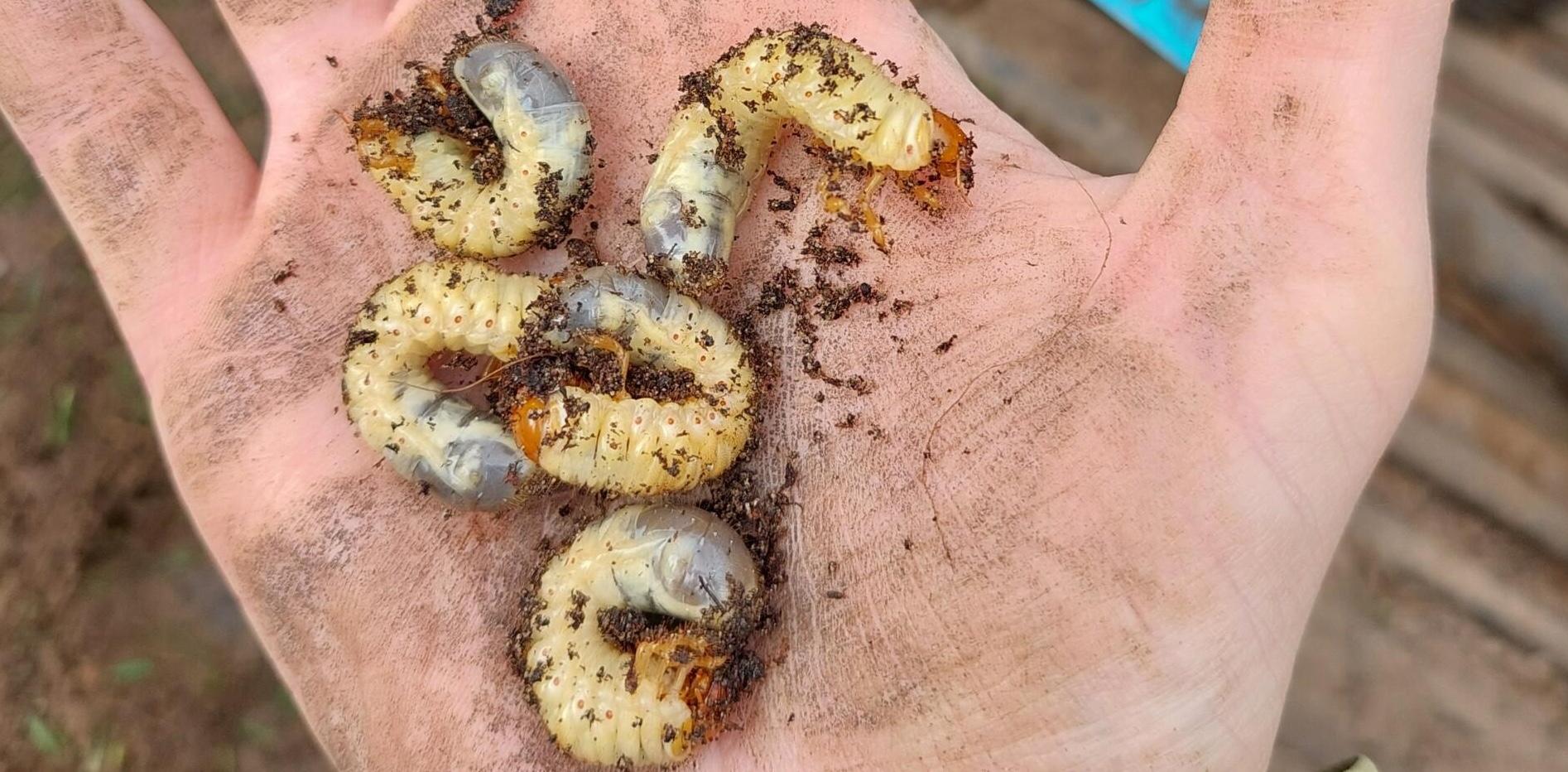Monitoring for leatherjackets is a very simple and easy way to establish the scale of the problems you're likely to see in the upcoming weeks. It's fairly simple to do, only this week I was doing 25 of them in one of our trials to assess levels of control over the winter.
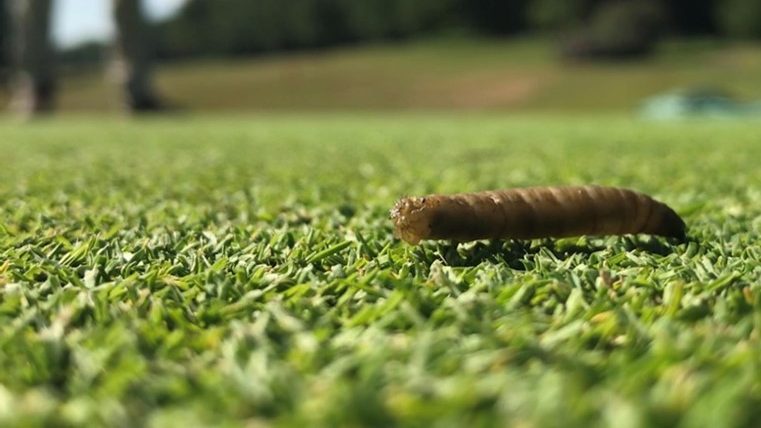
It only needs a one square metre sheet and four pegs, the objective is to fool the LeatherJacket into thinking it’s still night time so they hang around long enough to count them. The darker and more moisture retentive, the better. Secure the sheet overnight and then get on your hands and knees the following day and have a really good look to establish the number of leather jackets underneath. They can be of varying sizes so you need to really commit to ensure you find them all.
Once you know the quantity's you're dealing with you can begin to prepare yourself for the challenges ahead, if you do happen to have high quantity's, whilst it's not good news I'd rather be in a position where I can manage the turf differently and communicate the challenge to key people.
If you do manage to do this please feel free to get in touch and let me know the quantity's you are seeing, it's really useful and helps me piece this jigsaw puzzle together. Some people are currently reporting up to 250 per square metre. If this is the kind of thing you're experiencing then clearly your management strategy will look very different to somebody who is only finding one or two.
The thing I found particularly interesting about this set of assessments was that I arrived whilst there was still a dew settled on top of the sheets. This enabled me to see how much travelling the leather jacket had been doing overnight. You can see quite clearly in the image above how much activity there had been during this period. The more evidence I see the more i think that these things can travel a serious distance whilst on there overnight meanderings.
Using sheets to monitor the activity can give us some great insights, help us build an appropriate management programme and help us understand whether sheeting would be a viable method of control. Whenever you're doing something like this it's always worth keeping your eyes open for other clues such as this one.
